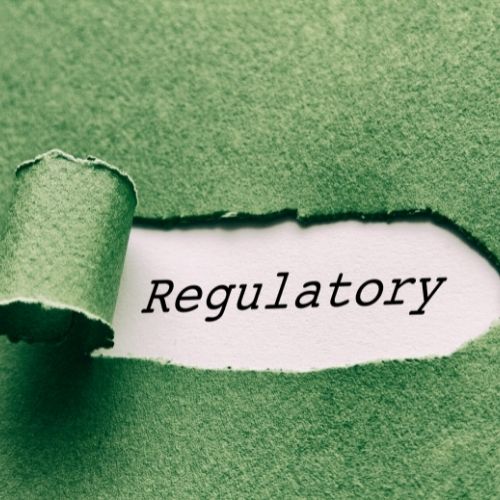
Invention and Regulatory Permits Increase Safety
In an ever-changing industry, safety is assured by adhering to the requirements outlined in regulatory permits. By identifying potential risks and how to mitigate them, firms create new solutions and processes and contribute to industry standards for permitting. The innovation and invention required to develop permitting processes ensures the proper application of safety standards for everyone and every project.
Increased Safety Through Invention
For most of us, decorating for the holiday season includes the use of electricity in many displays both inside and outside our homes and places of business. Before the invention of the electric Christmas light, trees were decorated with candles. The combination of dry tree needles and candles resulted in many house fires.
A Library of Congress article states the first outdoor light display was put up by Thomas Edison outside of his lab in 1880. The invention of the first set of lights meant specifically for a tree is credited to Mr. Edison’s friend and partner, Edward H. Johnson.
Many people distrusted this invention, but after President Cleveland used electric lights to decorate the White House Christmas tree in 1985, the lights became more popular. As more people adopted the use of electric lights on their personal trees the amount of holiday house fires dramatically decreased. You might not need a permit to put lights on your tree, but light manufacturers must meet certain regulatory standards for safety. Because of those standards, electric light innovations have helped reduce fire risk over the holiday season.
Regulatory Permits Increase Safety
Regulatory permits provide approval to move forward with a project. There are different permitting processes that apply to many different industries.
The goal of these permits is to ensure the consistent use of safe materials and practices. By creating industry standards that are mindful of site locations and risk factors, permitting standards create safer work environments and finished projects.
Permit guidelines change depending on location and type of project. These guidelines become increasingly complicated when the project involves infrastructure and overlapping jurisdictions.
OEI Navigates Permitting Processes
Partnering with regulatory agencies is one of OEI’s specialties. An example is our work guiding clients through the FEMA Floodplain Development program. Regulatory processes usually involve more than one agency or government entity, and can be complicated.
OEI expertly navigates these processes to give our clients a timely and successful result. Contact OEI today to begin the process of updating your water resource management systems, or for any engineering project that is at risk of being mired in regulatory red tape. We’ll help you set priorities, meet regulatory requirements, and create innovative and timely solutions to keep your project on track.
